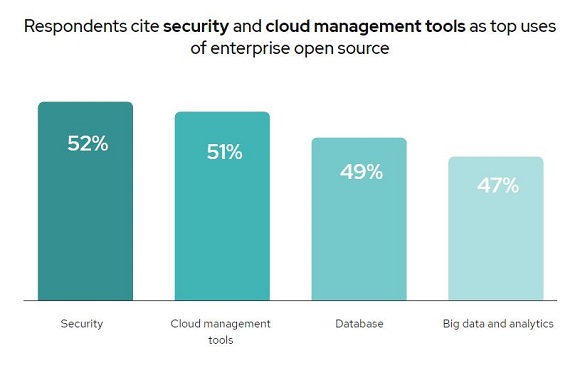RHEL 8.3 'tunes' up for auto-Ops-centricity
Red Hat, Inc. is still just that i.e. Red Hat, Inc. Now nestled under the IBM parent umbrella, the company appears to be very much its own entity.
Some media reports have even suggested that Red Hat doesn’t necessarily ascribe to the IBM workplace cultural mindset – not that there is a physical workspace for many of us to even get into these days.
So what’s new in Red Hat Enterprise Linux 8.3 this month?
The company has tabled its latest iteration with additional stability for operations teams looking to execute cloud-native deployments.
As hybrid cloud computing grows, the ability to manage and optimise the underlying Linux platforms at scale (of course) becomes critical. But in reality, not all systems administrators or IT managers will be familiar with the Linux operating system to effectively oversee deployments.
With this reality in mind then, version 8.3 expands a function known as Red Hat System Roles, which provides prescriptive and automated ways for operating system-specific configurations.
Newly supported roles for this software toolset now include kernel settings, log settings, SAP HANA, SAP NetWeaver and management.
The ideas is that System Roles helps make common and complex RHEL configurations more consistent, repeatable and accessible to a wider range of skill sets, even across large IT estates.
Tuned: helps sysadmins breathe more easily
The company has also updated Tuned, a set of pre-configured, architecture-aware performance profiles.
Tuned enables IT teams to lean on Red Hat’s multiarchitecture know-how in maximising performance across hardware architectures. Additionally, Red Hat Insights remains available by default to supported Red Hat Enterprise Linux systems.
Stefanie Chiras, senior vice president and general manager, Red Hat Enterprise Linux, Red Hat reminds us that Red Hat Insights is designed to deliver Red Hat’s Linux know-how as a proactive monitoring and remediation service and now includes administrator views specifically for SAP HANA deployments.
It’s automation, automation and more automation here then — version 8.3 also adds new Secure Content Automation Protocol (SCAP) profiles for the Center for Internet Security (CIS) Benchmark and the Health Insurance Portability and Accountability Act (HIPAA).
This helps IT organisations more efficiently and compliantly configure systems to meet a broader range of security best practices and industry/governmental standards.
“Red Hat Enterprise Linux 8.3 builds on the initial innovations of Red Hat Enterprise Linux 8 with updates to Application Streams, where developer frameworks, databases, container tools and other resources are separated from the core foundational components of the operating system,” noted the company, in a press statement.
Newly supported developer tools include Node.js 14, Ruby 2.7 and many others, with earlier versions still accessible to maintain production consistency.
Auto-ops-centricity
A key trend for 2021 then?
Surely it must be so i.e. automating core functions for operations teams, especially those facing complex scaling processes and new deployments that are increasingly hybrid (with regulatory configuration/alignment headstart tools too) rather than sole estates of bare metal.

Red Hat’s Enterprise Open Source Report



